Once a year, I inadvertently overhear someone wondering aloud about the sea level while crossing the Mahim or Thane Creek bridges without realising that the sea has tides. Similar conversations are heard at the beaches too.

Not being aware of tides often leads to lovers being stranded on the rocks along the coast, or even people getting washed away by waves during the monsoons. People regularly throng the sea-fronts of Mumbai – sometimes the beaches, sometimes the promenades, but may not always pay attention to the sea.
When the floods arrive, and in times of distress, we remember water, we think of nature, we wonder how this water could possibly drain out, and are reminded of the sea.
Our disconnect from the everyday of the sea, is not surprising. Over time our eyes are focused on our daily survival, our jobs, our responsibilities– and so we become oblivious to what surrounds us: water.
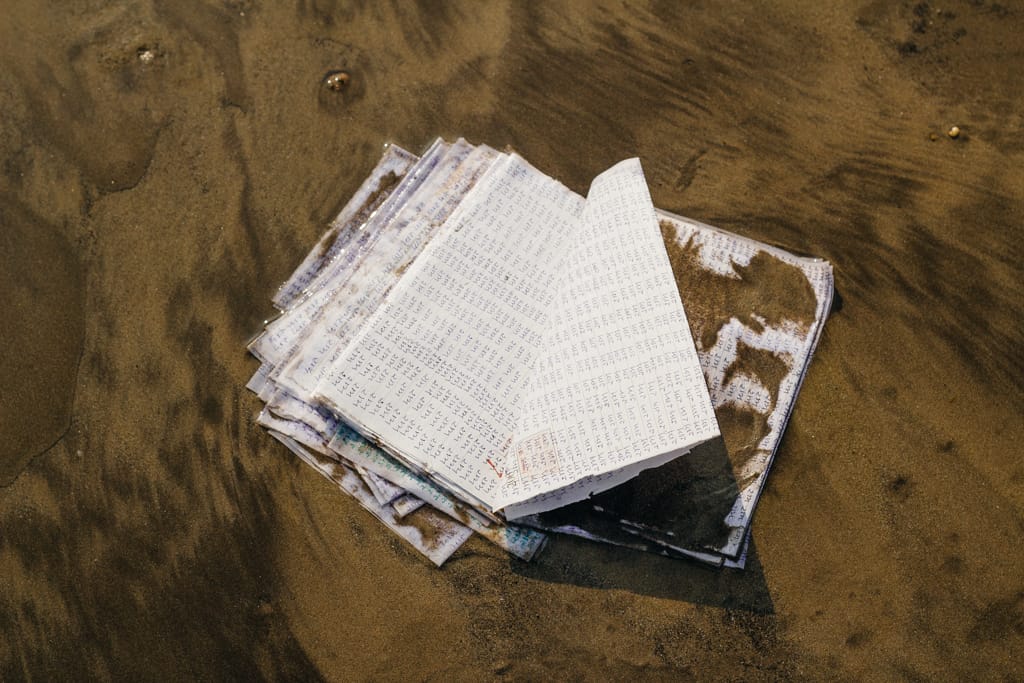
Beaches, an integral part of Mumbai
We forget the fact that we live on a small island surrounded by the sea and the two large creeks into which the Ulhas River empties. However, the shoreline is fast disappearing both physically and from our memories.
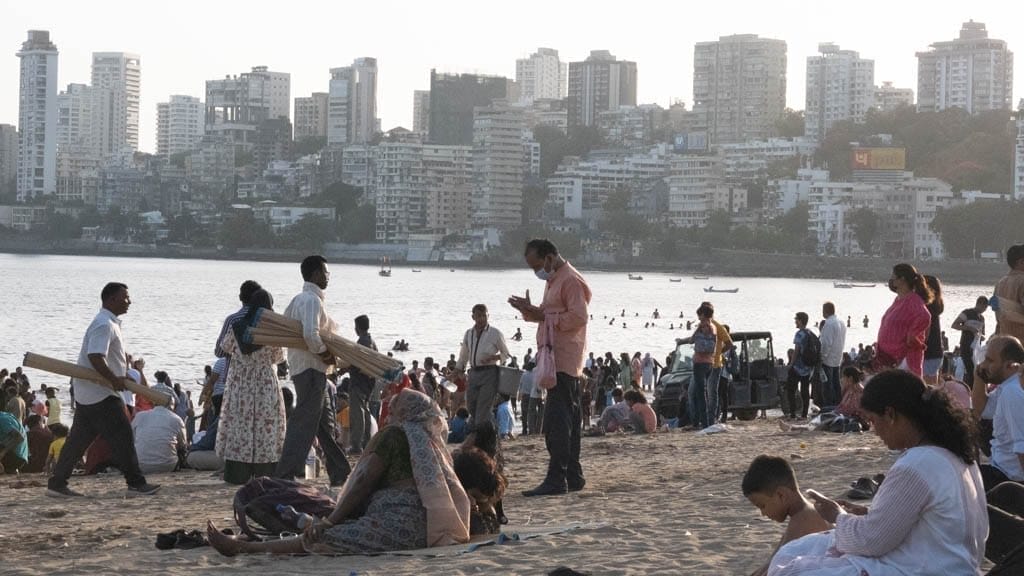
Long before all our mobile phones showed the time, our lives were dictated by the master clock used by the railways, helping the city run like clockwork.
At the beaches, however, it is not the railway clocks or even the mobile phones, that make the plans. This place where the city stands, is dictated by the daily dance of the tides – high and low.

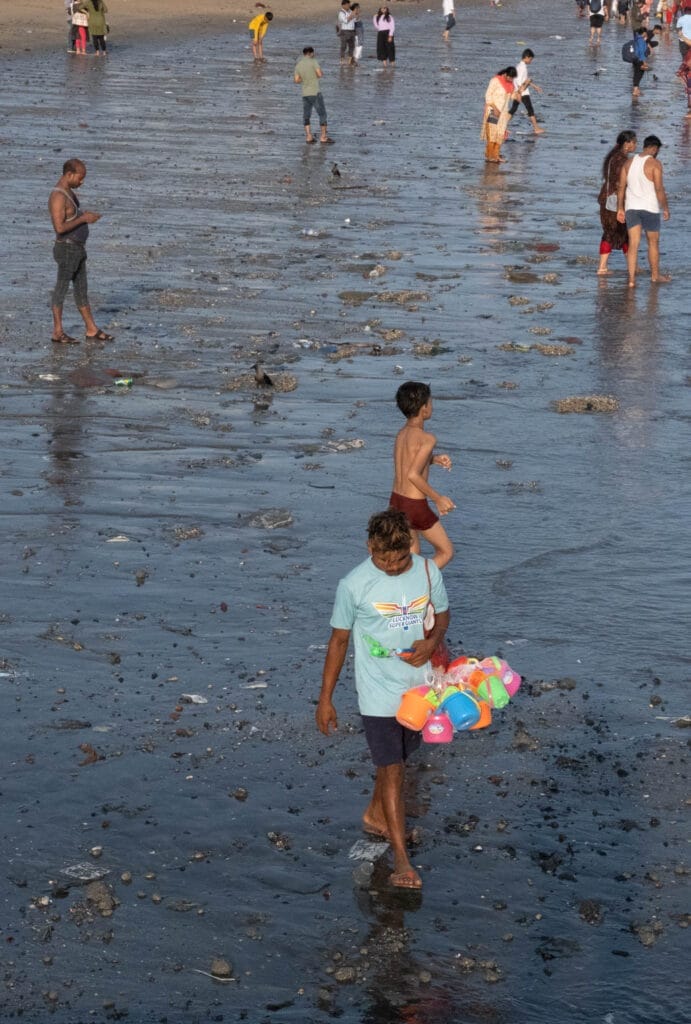
Read more: In photos: The story behind waterlogging in Mumbai’s Kranti Nagar every monsoon
Training the lens on invisible side of beaches
As a photographer of city life, I often found myself on Mumbai’s beaches, shadowing fishermen or beach-goers, curious about their interactions with this invisible edge of the city.
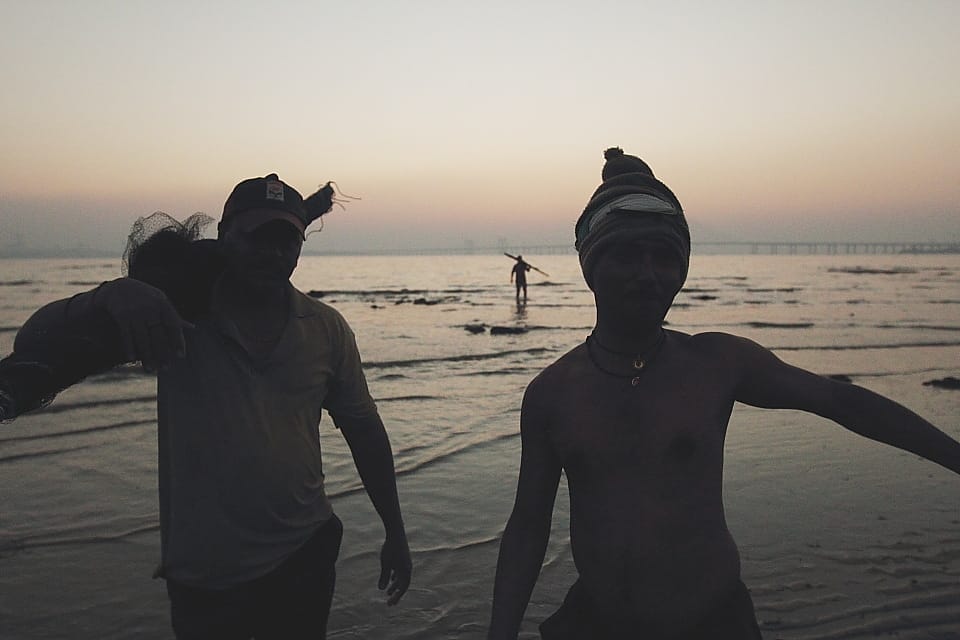
Read more: Photo essay: “Araam” season in Dharavi’s Kumbharwada as potters cope with monsoon
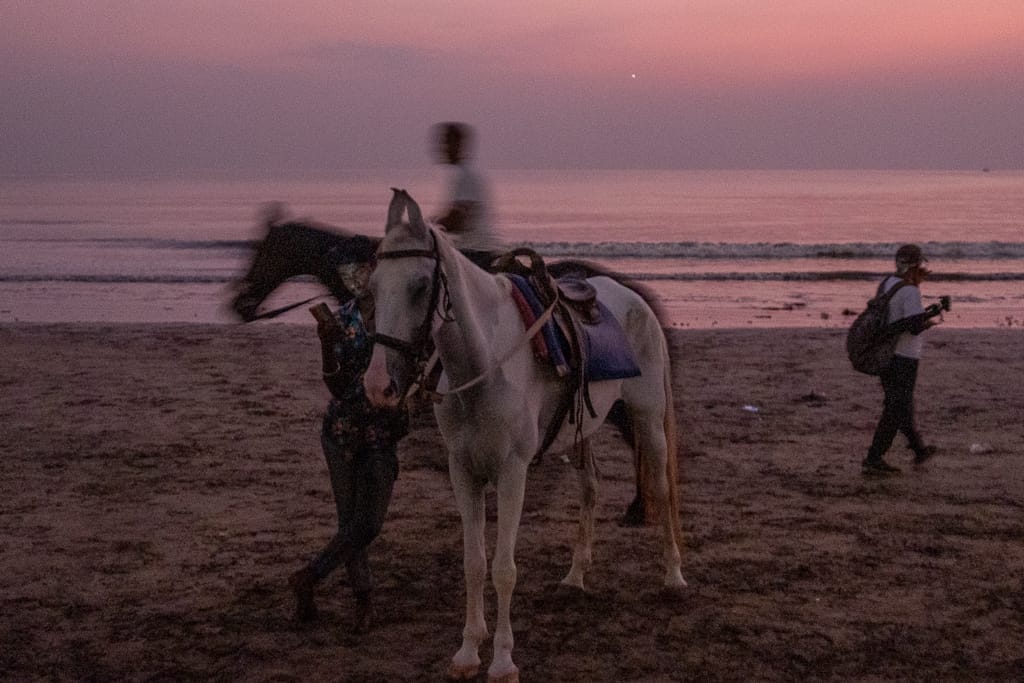
While people and objects fill my pictures, it is the scenes that I try to capture – scenes that tell a story.
Read more: Photo essay: A look at urban settlements along the Mithi river

The people and objects are incidental to these places. Their interactions with the shoreline in that moment creates unique scenes and memories.

Sometimes it is the horses and their riders, sometimes it is the locals who harvest shells at the beaches. I have seen people work out at the open gymnasiums at the beaches. Then there are those who come regularly to play, take walk or simply soak in the sunset at the beach.
Beaches tell stories, are we listening?
Today, despite the fact that most of us do not care about the sea or the open vistas it offers, our city’s shores are teeming with life.
Every moment that I capture at the beach, seems to tell a story.
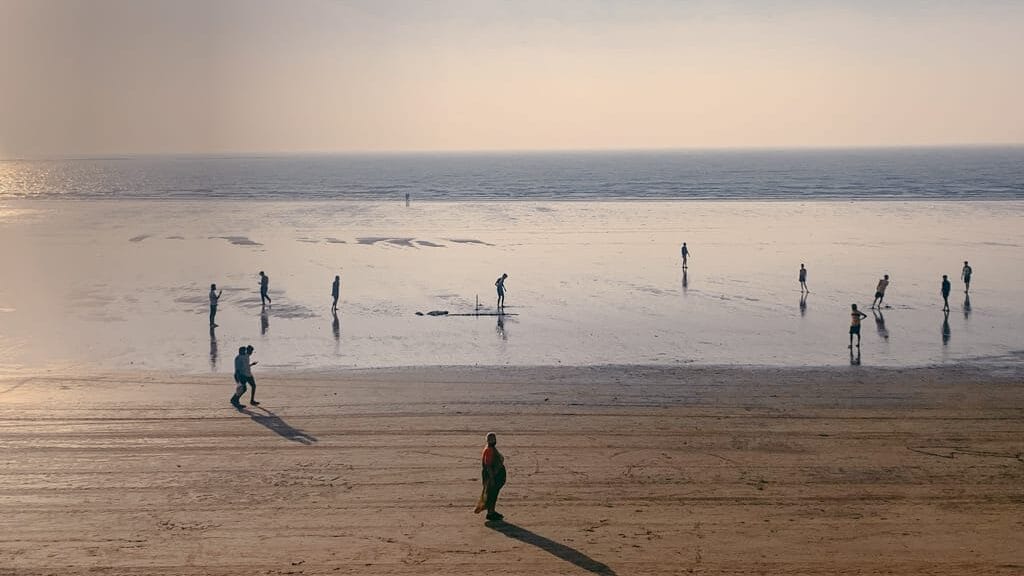
After 10 years of actively going to Mumbai’s beaches, observing and taking pictures, I believe that there’s a universe waiting to be discovered on the shoreline that separates us from the sea.
| Do you have a story to tell about the sea and the beaches of Mumbai? Please share with us at mumbai@citizenmatters.in. |